Prospects remain bright over dented remittance inflows
 |
| Prospects remain bright over dented remittance inflows |
Based on forecasts from the World Bank as well as information from commercial banks and organisations working on inward remittance transfer, the inward remittance volume to Vietnam may have reached as much as $15.5 billion in 2020, placing the country ninth among the top 10 inward remittance recipients worldwide. Vietnam averaged a 35.6-per-cent hike a year during 2016-2020 compared to the 2011-2015 period.
The figure more than tripled since 2000-2010 and shot up by nearly 22 times compared to 1993-2000.
The overseas remittance volume to Vietnam last year was almost 110-fold compared to that in 1993, the first year such information in the country was notified. Since 1993, Vietnam received around $182.65 billion worth in total inward remittance, averaging $7.084 billion annually.
Overall in the past decade, except in 2009 during a global financial crisis and 2020’s woes with COVID-19, inward remittance to Vietnam saw an on-year constant rise. The inward remittance structure has also been transforming in a positive direction, with capital volume mainly coming from overseas Vietnamese and from the country’s labourers sent abroad on contract for work.
About 4.5 million overseas Vietnamese are living in about 100 countries and territories, concentrating in developed nations with a high level of per-capita GDP such as the US, Australia, Canada, France, and Germany.
About 3,000 businesses run by overseas Vietnamese have been operating abroad with a total capital injection amounting to $4 billion.
In addition, about 580,000 Vietnamese labourers are working abroad in diverse fields such as construction, manufacturing, agriculture, fisheries, and elderly care, among others.
The money that contracted labourers have sent back home amount to about $3-4 billion per year, accounting for around 20 per cent of total inward remittance volume to Vietnam. The average monthly income of these labourers comes to around $1,000, depending on the market. For instance, it ranges from $1,200-1,400 per month in South Korea, or from $700-800 per month in Japan.
The nations topping the list with the biggest amount of inward remittance to Vietnam are the US followed by Australia, Canada, Germany, South Korea, France, and Saudi Arabia.
Policy support is deemed the key reason for the constant rise in inward remittance volume. Up until now, two positive points in the legal aspect are noted. Firstly, the recipients are not required to pay personal income tax as applied to other kinds of personal income that is regarded as an advantage compared to many other countries.
Secondly, the recipients can decide on receiving the money in the original currency or converting it into VND to use or to later deposit into banks.
Since the interest rate of VND-denominated deposits is set higher compared to that of deposits in foreign currency, and remains positive over time, recipients often convert the money into VND for use.
Another favourable factor is service facilitation by organisations providing inward remittance transfer, plus a stable exchange rate situation in the domestic market.
Lower volume of inward remittance to Vietnam in 2020 was mainly due to impacts of COVID-19 which is plaguing countries around the world, particularly those which accommodate big volumes of Vietnamese guest workers under long-term contracts. This cash flow, however, is expected to bounce back in the following years after the pandemic impacts are lessened thanks to vaccine advances.
What the stars mean:
★ Poor ★ ★ Promising ★★★ Good ★★★★ Very good ★★★★★ Exceptional
 Tag:
Tag:
Related Contents
Latest News
More News
- Military Bank bolsters app security with facial recognition for safer transactions (May 14, 2024 | 19:08)
- Eight bidders win May 14 gold auction (May 14, 2024 | 16:54)
- Light touch called for on gold trade (May 14, 2024 | 11:37)
- Public debt plan laid out towards 2026 (May 14, 2024 | 10:56)
- US Fed vice chair says interest rates should remain on pause (May 14, 2024 | 09:11)
- Anticipation prolonged after KRX system delayed (May 14, 2024 | 09:00)
- Fiscal deficit to require further economic assistance (May 14, 2024 | 09:00)
- Government urged to narrow domestic, global gold price gap (May 13, 2024 | 17:47)
- TTC AgriS secures an additional $80 million (May 13, 2024 | 16:37)
- Lenders increase provisioning to protect against bad debt (May 13, 2024 | 16:30)




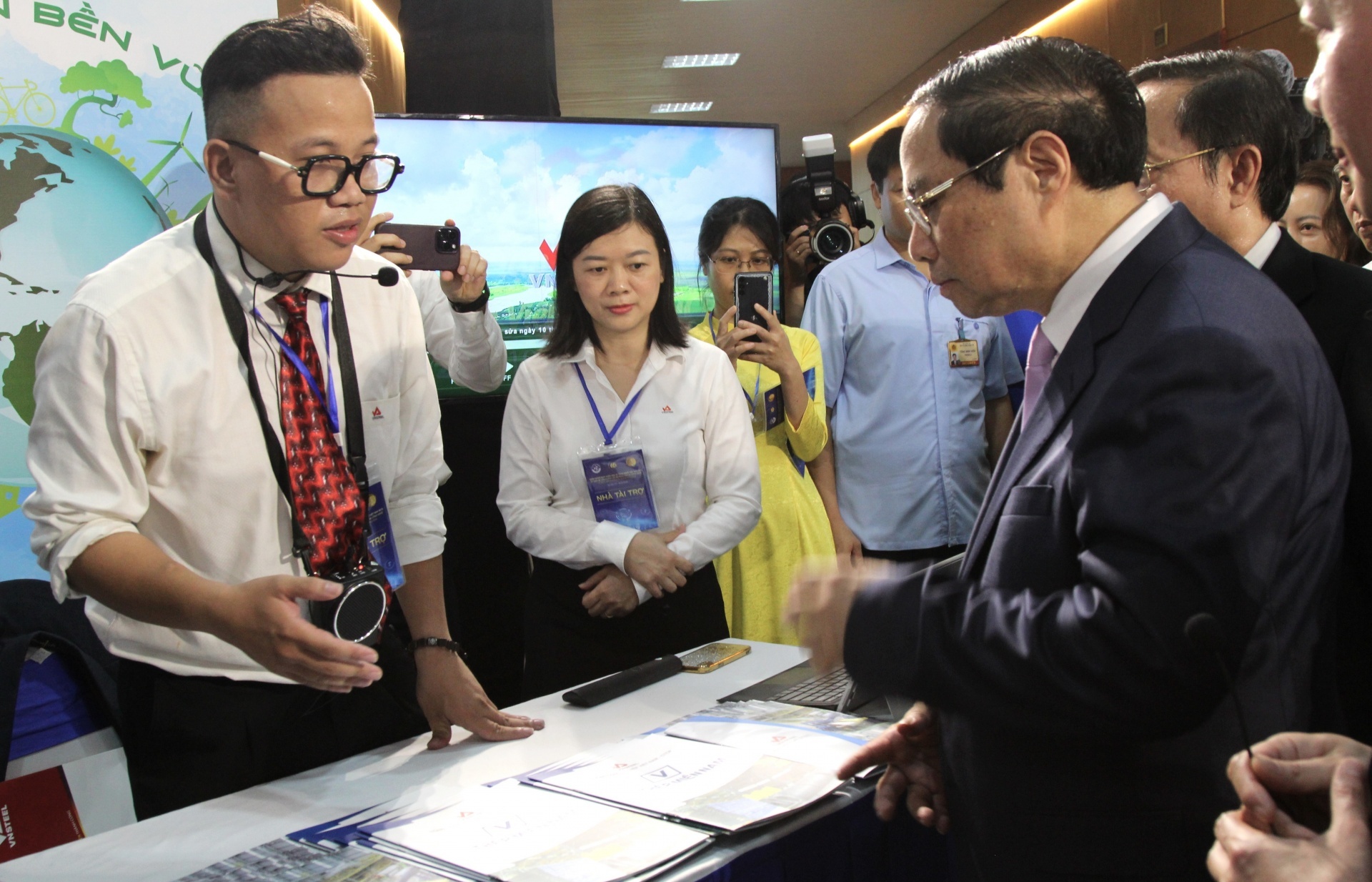

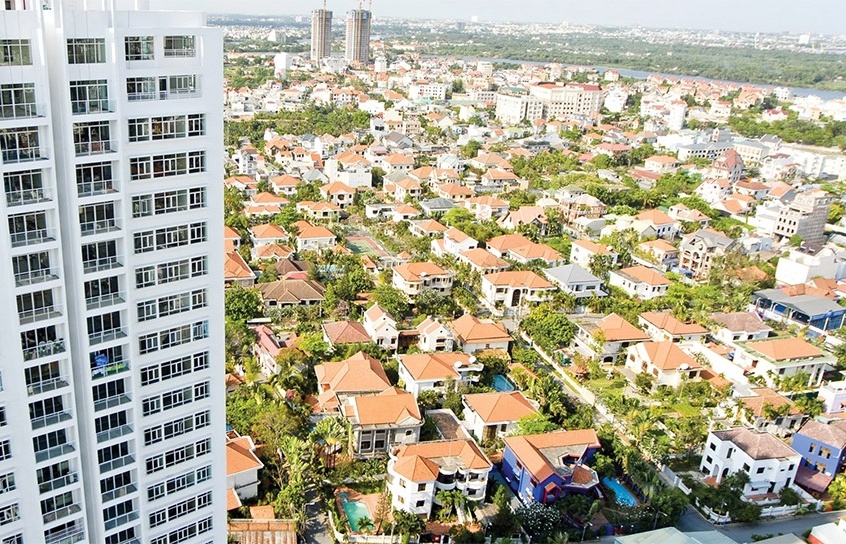

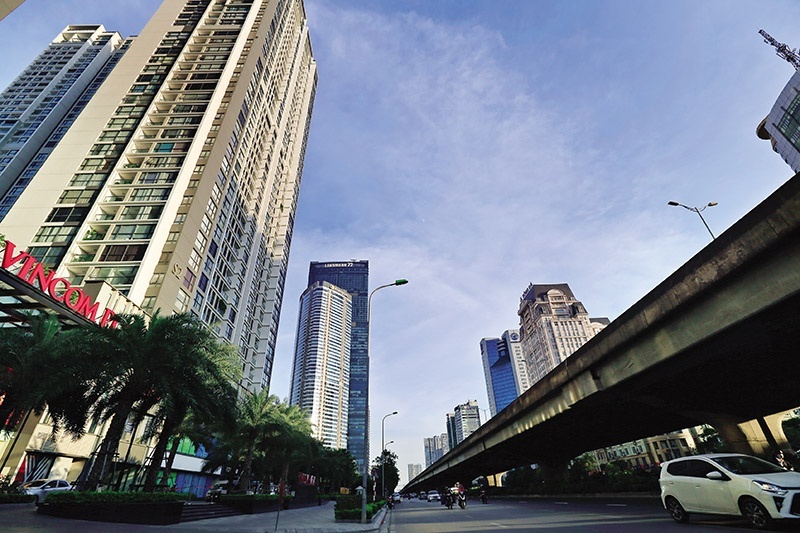





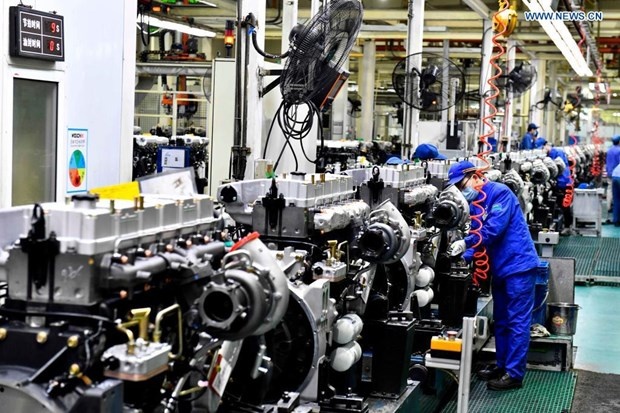
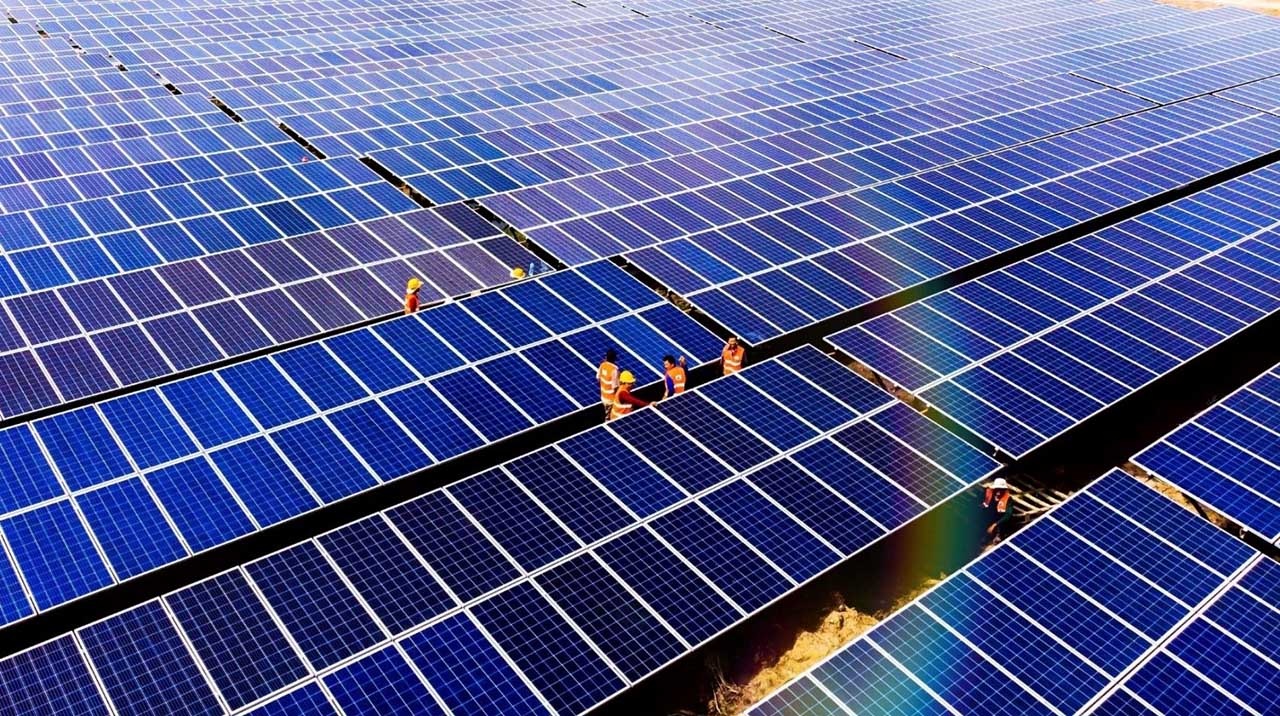




 Mobile Version
Mobile Version